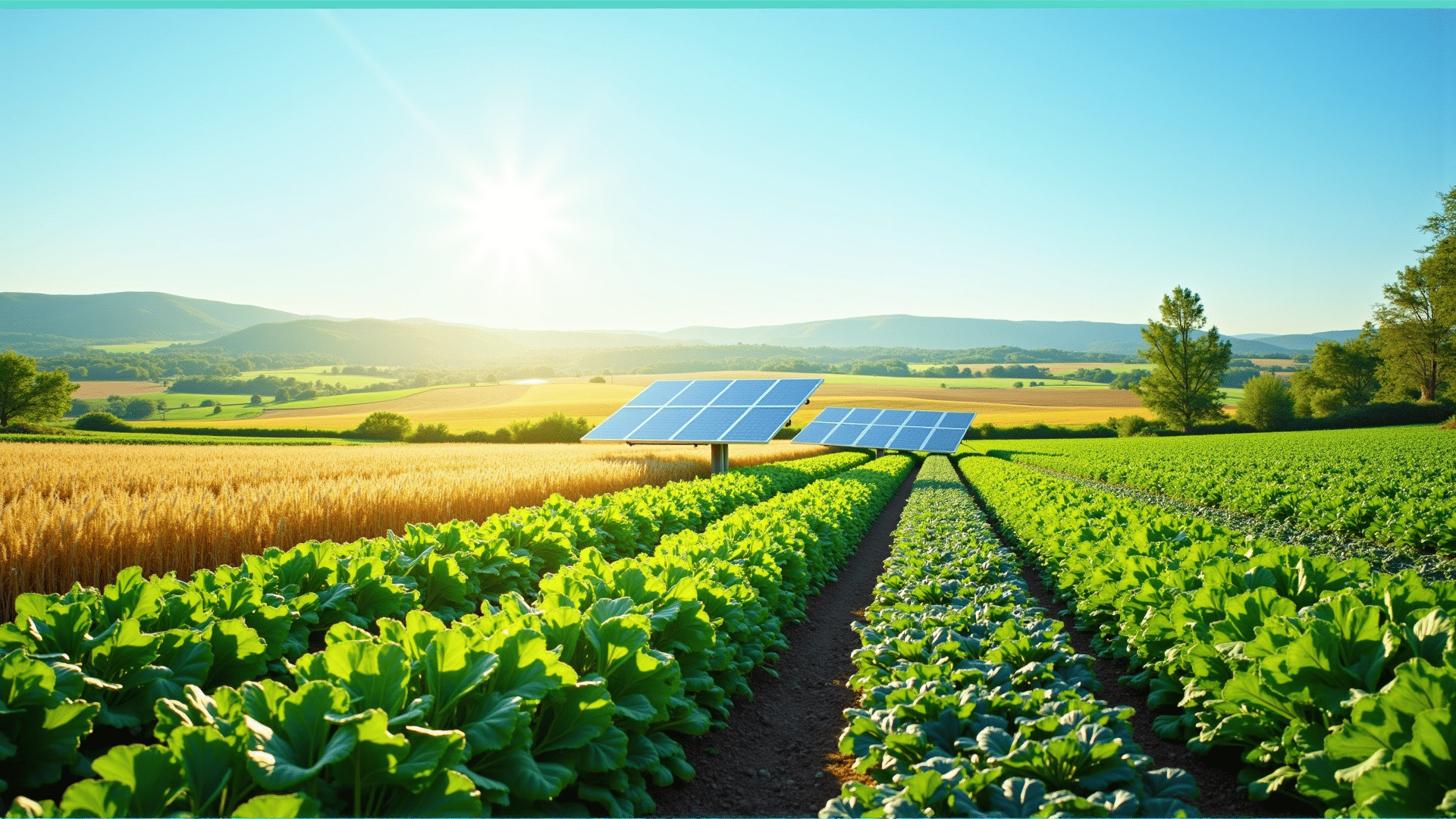In the quest for a greener future, sustainable farming has emerged as a beacon of hope, offering environmentally friendly solutions that promise to enhance both crop yield and quality. As we grapple with the twin challenges of feeding a growing global population and protecting our planet, integrating eco-friendly techniques into agriculture is no longer just a choice but a necessity.
At its core, sustainable farming focuses on methods that maintain soil health, conserve water, and reduce the ecological footprint of agricultural practices. One of the foundational practices in sustainable farming is soil management. Healthy soil is the backbone of high-yield farming, and techniques like crop rotation, cover cropping, and reduced tillage play crucial roles in maintaining soil fertility and structure. Crop rotation helps in breaking pest cycles and reducing soil-borne diseases, while cover crops act as natural fertilizers, improving soil organic matter and preventing erosion.
Organic farming techniques also contribute significantly to sustainable agriculture. By eschewing synthetic fertilizers and pesticides, organic farming promotes biodiversity and reduces pollution. Techniques such as using compost and natural pest predators instead of chemicals ensure that farming contributes positively to local ecosystems rather than disrupts them.
Water conservation is another critical pillar of sustainable farming. With nearly 70% of the world’s freshwater being used in agriculture, adopting efficient water management practices is essential. Drip irrigation and rainwater harvesting are effective methods that not only reduce water usage but also increase efficiency in plant hydration. Furthermore, selecting crop varieties that are drought-resistant can lead to significant water savings and ensure crop survival during dry spells.
Sustainable farming also embraces technology, harnessing innovations like precision agriculture, which uses data analytics, GPS, and IoT devices to optimize field-level management. Precision agriculture enables farmers to apply water, fertilizers, and pesticides in the right amounts and at the right times, minimizing waste and reducing the environmental impact.
Moreover, agroforestry, which integrates trees and shrubs into crop and livestock systems, has been recognized for its ability to boost biodiversity, enhance soil health, and sequester carbon, thereby playing a part in mitigating climate change. This fusion of agriculture and forestry can create more resilient landscapes, offering ecological and economic benefits.
Finally, promoting local food systems is an essential part of sustainable farming. By reducing the distance food travels from farm to table, local food systems cut down on carbon emissions and support regional economies. Consumers are becoming increasingly aware of the carbon footprint of their food choices, and supporting local agriculture can lead to more responsible consumption patterns.
As we move forward, collaboration among farmers, governments, scientists, and consumers is crucial for advancing sustainable farming practices. Agricultural policies must support farmers in adopting eco-friendly techniques, providing financial incentives, training, and resources necessary for a smooth transition.
In conclusion, sustainable farming holds the promise of transforming our agricultural landscape into one that not only feeds the world but also heals the planet. By integrating these eco-friendly methods, we can chart a course toward a resilient, abundant, and sustainable future for all.
